Equipment
Q&A: Mitsubishi Rayon answers questions about its new Tensei shafts
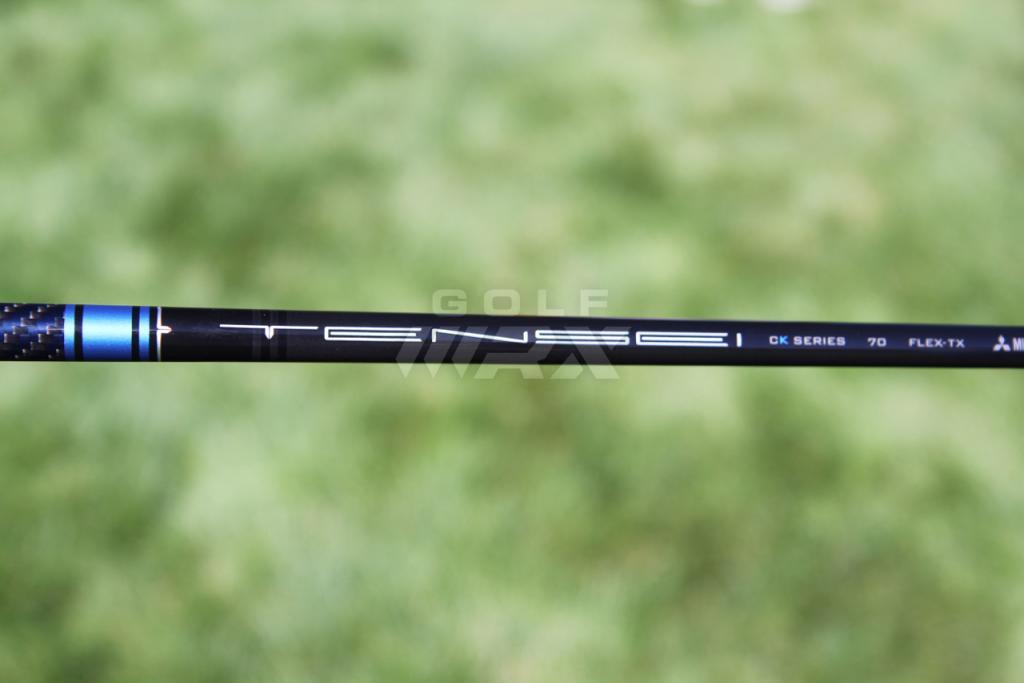
When Mitsubishi Rayon Composites releases a new shaft, serious golfers take notice. MRC has a history of producing some of the golf’s most popular shaft models, most notably with the best players in the world.
The company’s driver shafts were used to win 15 times on the PGA Tour in 2015 – that’s more than any other graphite shaft company. They were used to win 16 times on the European Tour – also more than any other graphite shaft company. A breakdown of the shafts used by the most famous golfers in the world is even more revealing: Jason Day, Rory McIlroy, Justin Rose, Sergio Garcia, Adam Scott, Phil Mickelson, Paul Casey and Tiger Woods all use MRC shafts.
In January, MRC will officially release its new TENSEI shaft family (pronounced TEN-SAY). Whereas most of the company’s shafts are made from three to six materials, TENSEI shafts combine 11 different materials, which helped engineers improve the performance and feel of the shafts from top to bottom.
Enjoy the Q&A below, in which MRC representatives answer questions from GolfWRX Editor Zak Kozuchowski about the company and its newest shaft.
Q: Before we talk about the TENSEI specifically, tell me about MRC’s process of creating a new shaft family. Does it start with a blank canvas, or is there a plan from the start of what kind of performance you want to achieve?
Mark Gunther, VP of Sales/Marketing: As a materials company at heart, we are always being exposed to and learning of new fiber, prepreg, and material applications from within our organization. Sometimes it comes from the carbon fiber division, sometimes from our prepreg division, and other times from within the golf group itself. As a result, the shaft group is constantly experimenting with ideas and designs lead by our extraordinary design team in Toyohashi, Japan.
That being said, the answer: there is usually a plan, or reason for prototyping. When we are looking to develop new families or profiles within our current lineup of shafts, we are typically focused on performance characteristics. What is missing from the lineup that we feel is needed by way of launch, spin, ball flight and even feel?
In addition, we are always trying to stay ahead of the curve by listening to our partners and accounts to understand where club development is headed. Sometimes this gives us clues on how to develop next-generation shafts that will help maximize performance of next-generation club heads.
Lastly, a new design concept can be as simple as a request from a tour player asking to experiment with a small tweak on a current shaft.
Q: How do the 11 different materials used to create TENSEI affect the shaft’s performance and feel?
MG: The TENSEI concept was a simple idea with a complicated development process. Two years ago, we decided to try to modernize, or “transform” our most classic bend profiles with a multi-material design. In fact, that’s how we got the name; TENSEI means “transformation” in Japanese.
Much like the auto racing industry, we wanted to maximize performance by using new MRC materials, as well as introducing some exotic materials where it made sense to the overall concept.
In the CK Blue Series, we are transforming our original, classic, smooth bend profile that has been so successful in product lines such as the original Diamana S-Series (Blue Board) and Bassara V-Series. The profile has been very popular for driver and fairway applications with players of all abilities. I often refer to it as our most “versatile” bend profile.
Q: What’s different about the materials used in TENSEI?
MG: With the TENSEI series, we’re using many newer ultra-thin prepregs. These newer prepregs are 50 micron in thickness or thinner, and were not available in the early 2000’s. By using several variations of this really thin material, and multiple layers throughout the shaft, we are able to more precisely hit our profile targets, creating a smoother overall shaft as it “loads” and “unloads” during the swing.
Related: See what GolfWRX Members had to say about the TENSEI CK Blue in our Official Testing Thread.
All shafts in the series are anchored by a Carbon-Kevlar Weave that we have placed in the butt section of the shaft, under the hands to do two things: (1) Further smooth the back end of the profile, and (2) provide increased feel and feedback to the player.
Q: I want to ask you more about the Carbon-Kevlar weave, but before I do let’s clarify a few things for our readers. Can you explain what “prepregs” and “high-modulus fibers” are?
Tsutomu Ibuki, President of MRC USA and designer of the original Diamana shafts: Yes, absolutely. Prepreg is simply a sheet of carbon fiber material that is impregnated with epoxy resin. MRC golf shaft are made from the prepreg by curing rolled materials on a mandrel. The thinner prepregs we are developing help greatly to minimize what is called the “spine” around the shaft, and also help achieve a smoother EI, or bend profile, along the entire length of the shaft – a core concept to TENSEI. Typical or standard prepreg is 100-125 micrometers in thickness. To manufacture prepreg with less than 50 micrometer in thickness and and low resin content (less than 25 percent resin content in weight) is very difficult. MRC can make prepreg as thin as 20 micrometers, however, allowing us to pursue very light and strong designs. You may see some exciting things in the near future in this area from MRC.
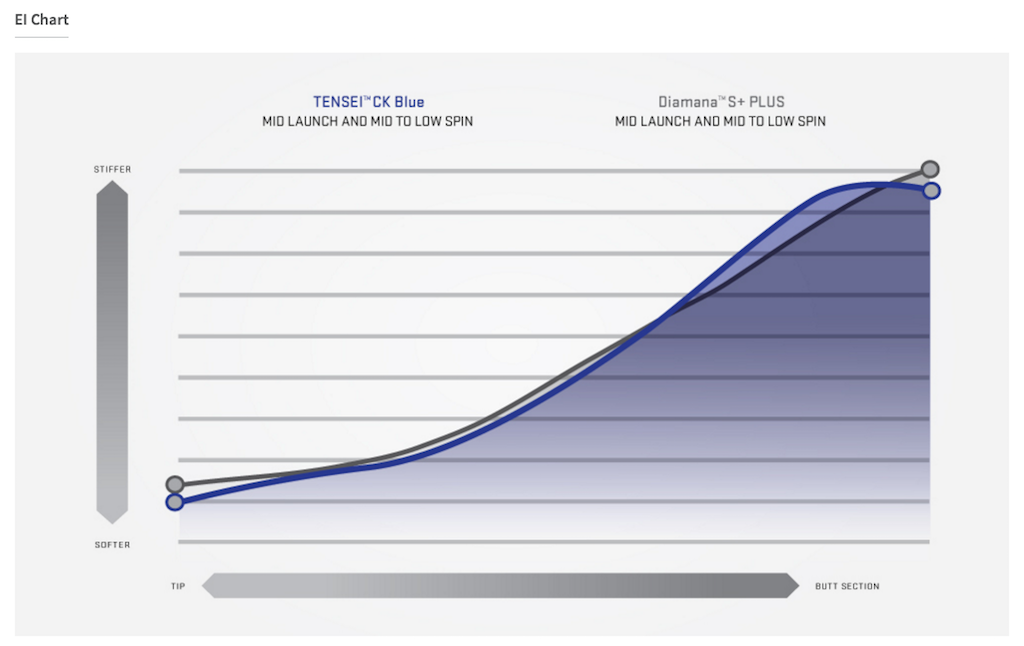
Regarding the term “High Modulus Fiber,” carbon fiber is classified by the modulus as following:
- Standard Modulus: 24 (or less) ton/mm2 (34 msi*)
- Intermediate Modulus: 30 ton/mm2 (43 msi)
- High modulus: 40 (or more) ton/mm2 (57 msi)
- Ultra-high modulus: 60 (or more) ton/mm2 (>85 msi)
* msi = megapound per square inch
So in golf shaft terms, the modulus of a material helps explain a particular fiber, or materials resistance to being deformed elastically. Typically higher modulus fiber makes it easier to make lower torque shafts and vice versa. And of course, the higher the modulus typically the higher the cost for the material. Today, MRC can manufacture prepreg at 95 ton.
Q: Back to the Carbon-Kevlar weave. Not often does MRC highlight specific technologies with graphics on its shafts, but that’s exactly what you did with TENSEI. Why?
MG: We like to develop technologies that actually do something for the shaft or player. Many times, we develop great technologies to accomplish our goal or hit our target, but the technology is not visible. For example, the TiNi Wire we use in Kuro Kage is almost black to the eye and very difficult to see, so we didn’t try to make it visible. In this instance, the Kevlar Fiber can be dyed to be visible, so we wanted to take the extra effort and cost to showcase the technology and our craftsmanship.
And just getting the material ready to use in the TENSEI Series is quite the process. MRC must first provide/ship our raw carbon fiber to a company that weaves it with the Kevlar. This woven product is then resin impregnated, creating the final prepreg material. Only then is the Carbon-Kevlar material ready for use in our shafts.
There are certainly easier ways to get such a woven product, but we at MRC feel our carbon fiber is superior to any on the market and taking the time to ensure the weave uses MRC fiber is a non-negotiable for us.
It would be quicker and less expensive to just paint over it, but because the Carbon-Kevlar weave is so important to the final product we believe highlighting it and showing the player it is actually there is worth our efforts.
Q: Is it true that MRC uses different materials and designs for its lightweight shaft models than it does its heavier-weight shaft models? What I’m getting at is, how does performance change from a TENSEI CK Blue shaft at 50 grams to the same shaft at 70 grams?
MG: With TENSEI, as with all development at MRC, we consider the weight, spec and performance targets to make the final design. So yes, materials are going to vary from our lightest models to our heaviest products to help us achieve the optimal design to deliver the intended performance.
With TENSEI, for example, we are using more varieties of lightweight prepregs in the 50-gram series to help hit our lighter weight targets, yet provide the necessary strength for the overall shaft that we do in a 70-gram shaft.
Q: Last question. When can golfers expect the TENSEI CK Blue shafts to arrive at authorized dealers? Will the line be expanded?
MG: The formal plan is to have the entire line ready to go for the PGA Merchandise Show this coming January. Due to the early popularity of this product, however, we are working to get some limited inventory in-house for our dealers as soon as possible. And yes, you can expect this product line to expand in a few different ways. Stay tuned for that!
- LIKE66
- LEGIT10
- WOW9
- LOL0
- IDHT2
- FLOP0
- OB0
- SHANK3
Whats in the Bag
Kevin Tway WITB 2024 (May)
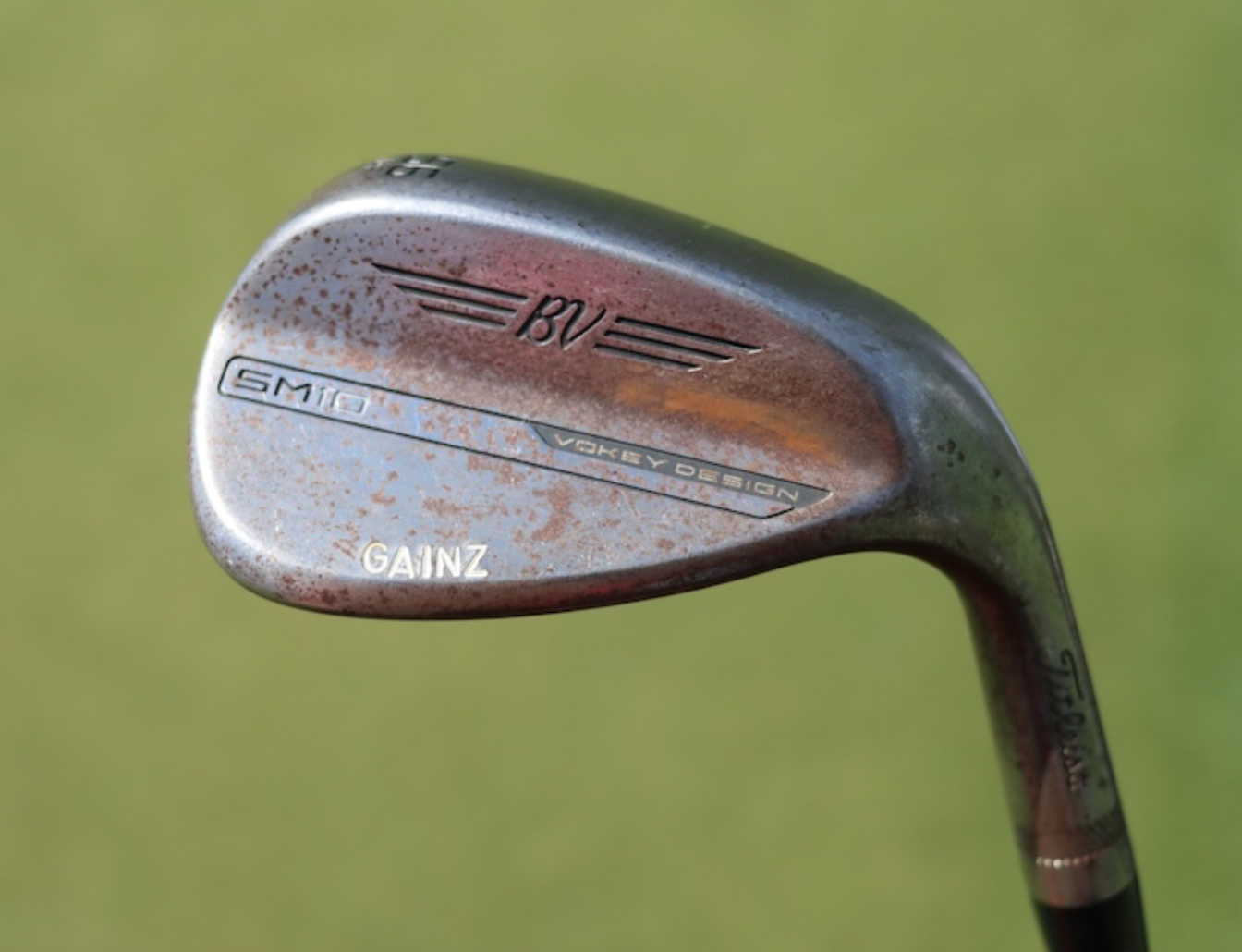
- Kevin Tway what’s in the bag accurate as of the Wells Fargo Championship. More photos from the event here.
Driver: Ping G430 LST (10.5 degrees)
Shaft: Fujikura Ventus Black 6 X
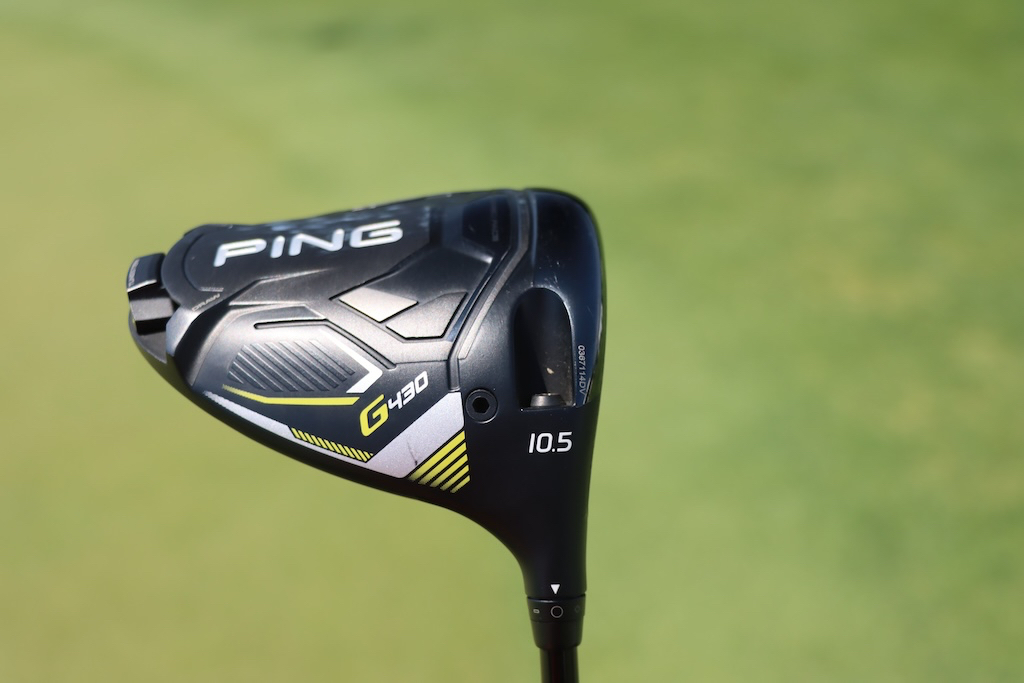
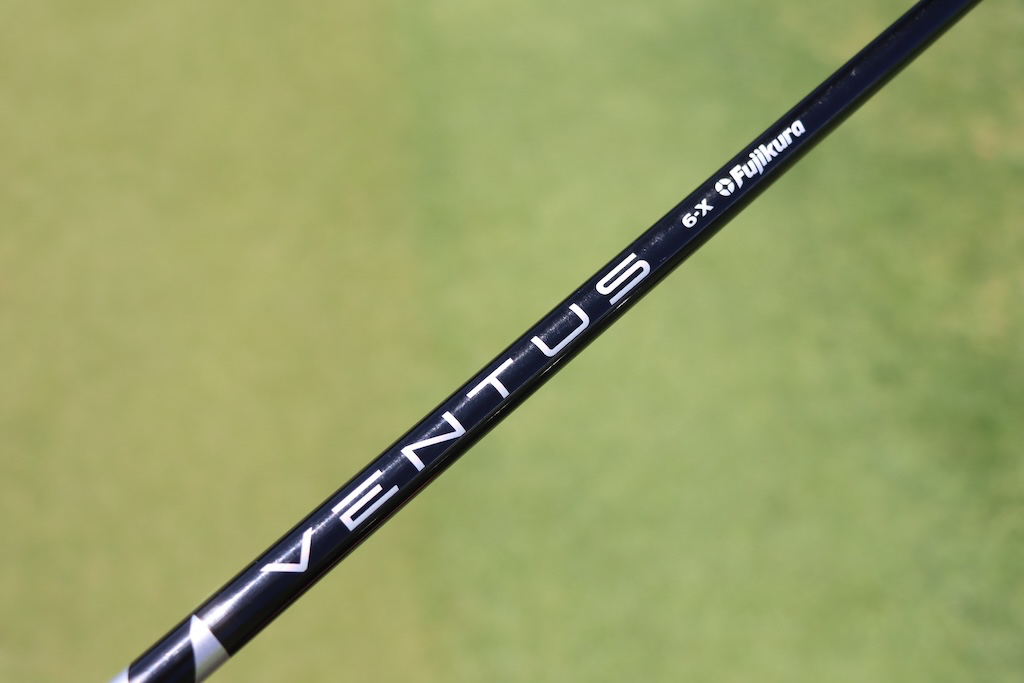
3-wood: TaylorMade Stealth 2 (15 degrees)
Shaft: Mitsubishi Diamana D+ 80 TX
5-wood: TaylorMade Stealth 2 (18 degrees)
Shaft: Mitsubishi Diamana D+ 90 TX
Irons: Wilson Staff Utility (2), Titleist T100 (4-9)
Shafts: Mitsubishi MMT 100 TX (2), True Temper Dynamic Gold Tour Issue X100 (4-9)
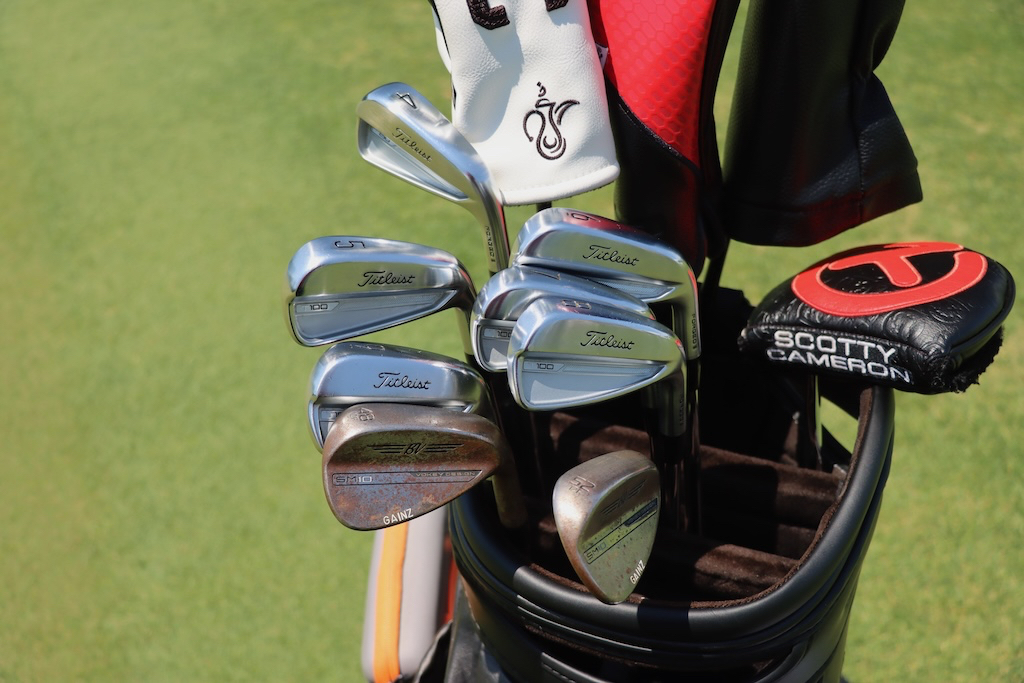
Wedges: Titleist Vokey Design SM10 (48-10F @47, 52-12F @51, 56-14F), SM7 (60-10S)
Shafts: True Temper Dynamic Gold Tour Issue X100 (48-56), True Temper Dynamic Gold Tour Issue S400 (60)
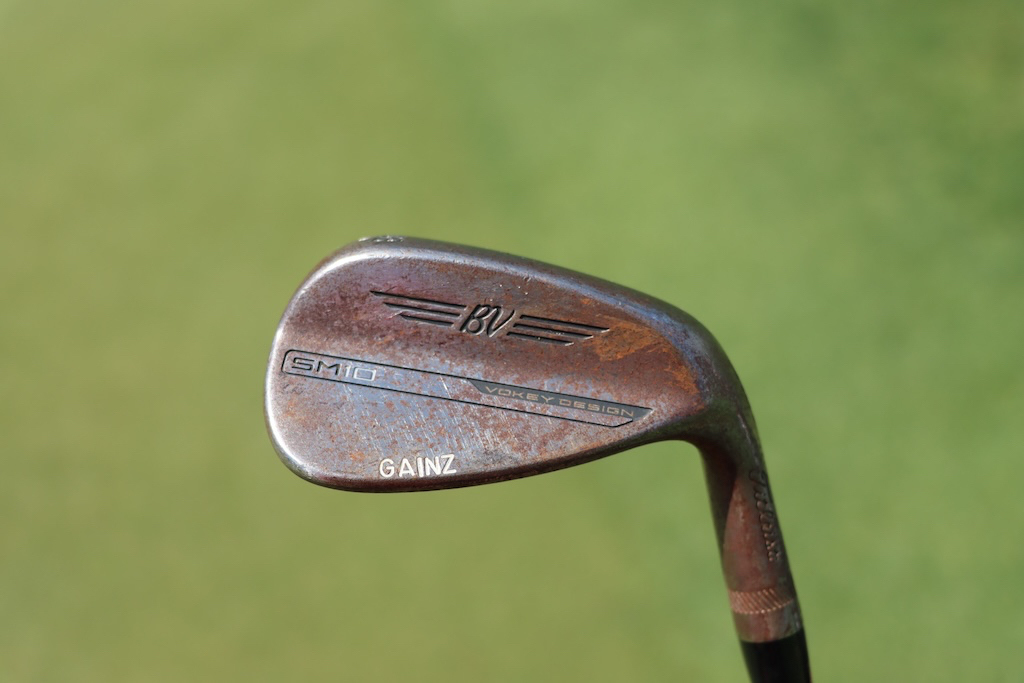
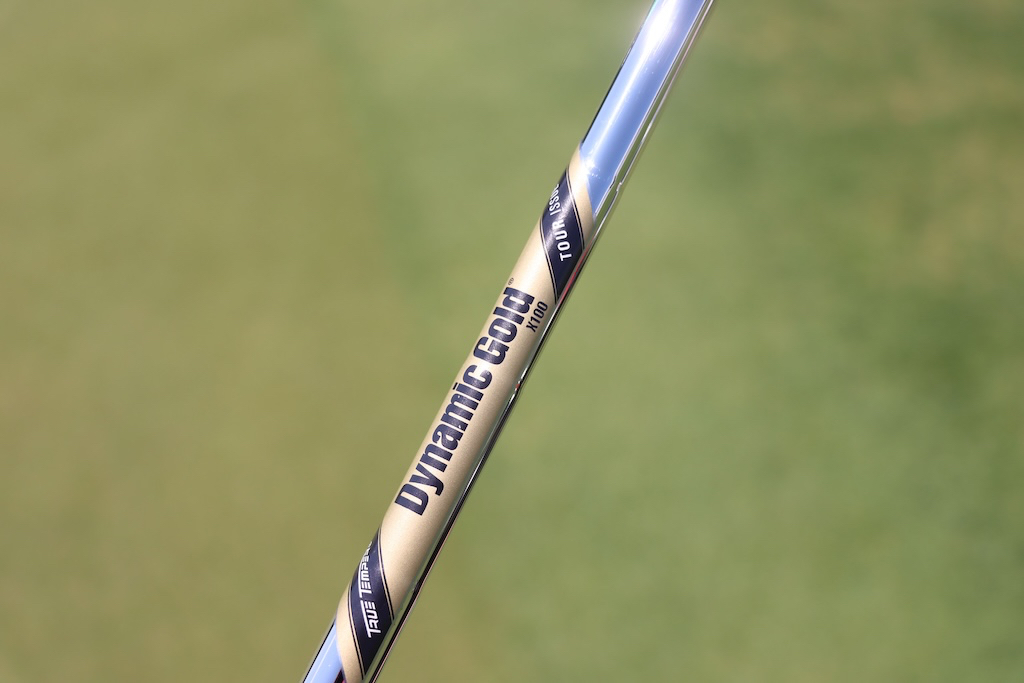
Putter: Scotty Cameron T-5 Proto
Grip: Scotty Cameron Black Baby T
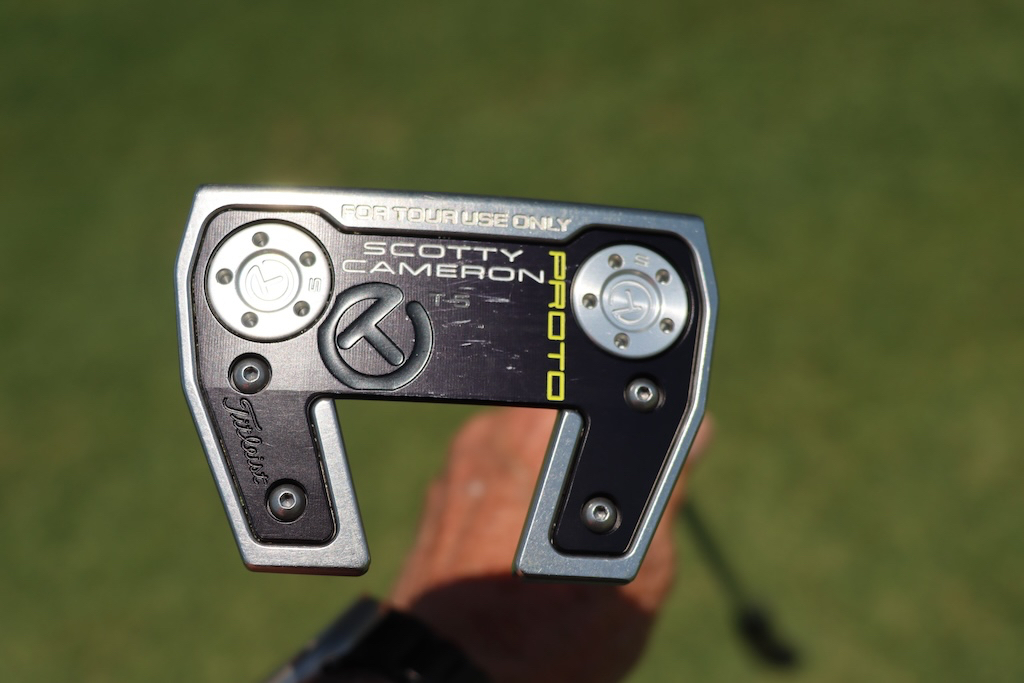
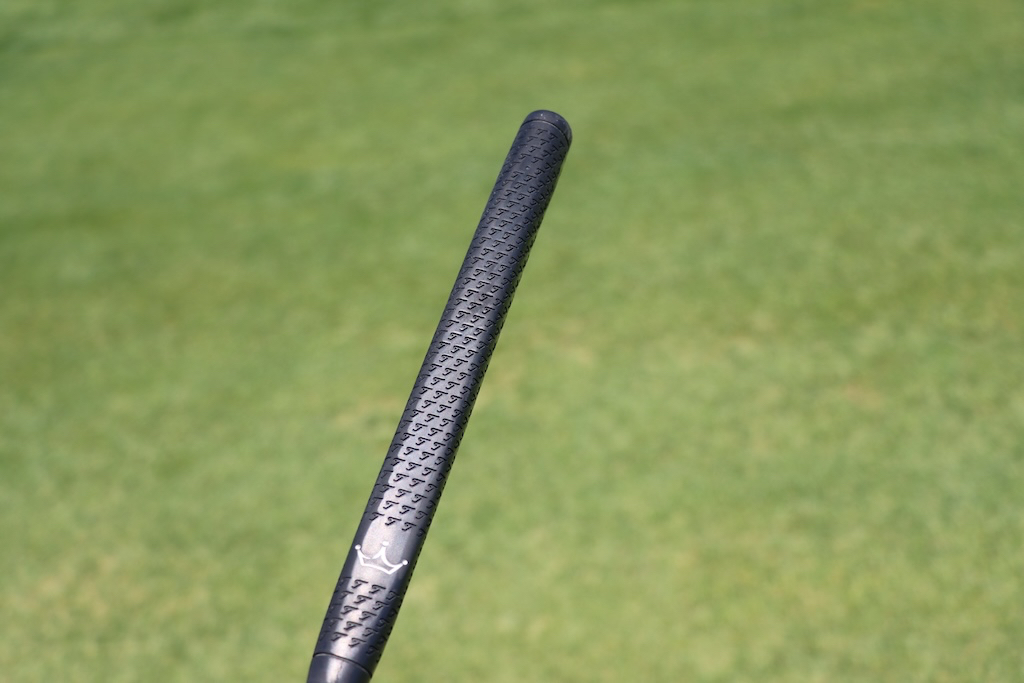
Grips: Golf Pride Tour Velvet Plus4
More photos of Kevin Tway’s WITB in the forums.
- LIKE0
- LEGIT0
- WOW0
- LOL0
- IDHT0
- FLOP0
- OB0
- SHANK0
Equipment
Did Rory McIlroy inspire Shane Lowry’s putter switch?
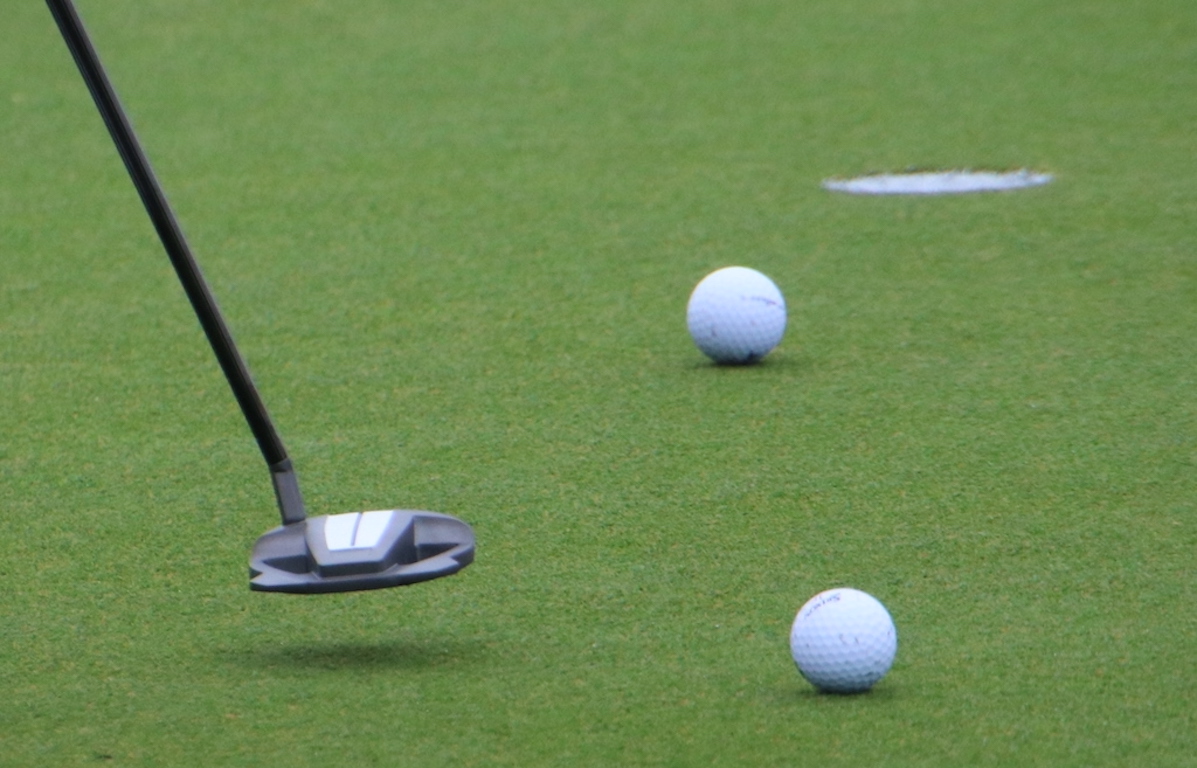
Editor’s note: This is an excerpt from a piece our Andrew Tursky originally wrote for PGATour.com’s Equipment Report. Head over there for the full article.
The timing of Lowry’s putter changeup was curious: Was he just using a Spider putter because he was paired with McIlroy, who’s been using a Spider Tour X head throughout 2024? Was Lowry just being festive because it’s the Zurich Classic, and he wanted to match his teammate? Did McIlroy let Lowry try his putter, and he liked it so much he actually switched into it?
Well, as it turns out, McIlroy’s only influence was inspiring Lowry to make more putts.
When asked if McIlroy had an influence on the putter switch, Lowry had this to say: “No, it’s actually a different putter than what he uses. Maybe there was more pressure there because I needed to hole some more putts if we wanted to win,” he said with a laugh.
To Lowry’s point, McIlroy plays the Tour X model, whereas Lowry switched into the Tour Z model, which has a sleeker shape in comparison, and the two sole weights of the club are more towards the face.
Lowry’s Spider Tour Z has a white True Path Alignment channel on the crown of his putter, which is reminiscent of Lowry’s former 2-ball designs, thus helping to provide a comfort factor despite the departure from his norm. Instead of a double-bend hosel, which Lowry used in his 2-ball putters, his new Spider Tour Z is designed with a short slant neck.
“I’ve been struggling on the greens, and I just needed something with a fresh look,” Lowry told GolfWRX.com on Wednesday at the 2024 Wells Fargo Championship. “It has a different neck on it, as well, so it moves a bit differently, but it’s similar. It has a white line on the back of it [like my 2-ball], and it’s a mallet style. So it’s not too drastic of a change.
“I just picked it up on the putting green and I liked the look of it, so I was like, ‘Let’s give it a go.’”
Read the rest of the piece over at PGATour.com.
- LIKE1
- LEGIT0
- WOW0
- LOL0
- IDHT0
- FLOP0
- OB0
- SHANK0
Equipment
Webb Simpson equipment Q&A: Titleist’s new 2-wood, 680 blade irons, and switching to a broomstick Jailbird
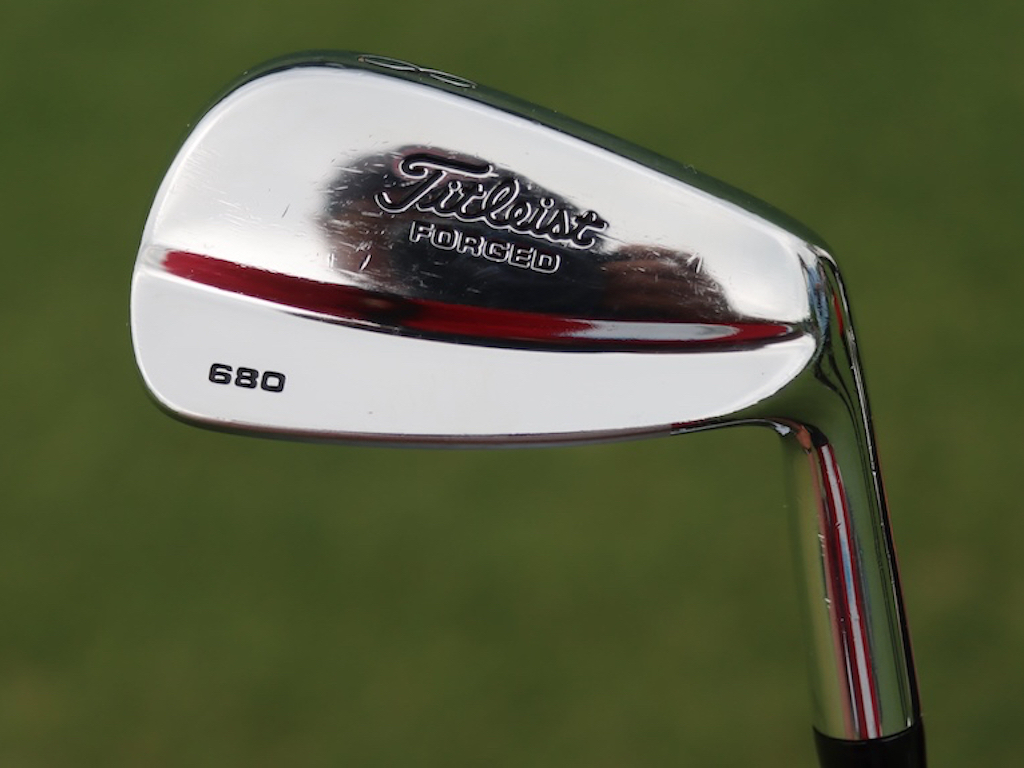
With seven career wins on the PGA Tour, including a U.S. Open victory, Webb Simpson is a certified veteran on the course. But he’s also a certified veteran in the equipment world, too. He’s a gearhead who truly knows his stuff, and he’s even worked closely with Titleist on making his own custom 682.WS irons.
On Wednesday at the 2024 Wells Fargo Championship, I caught up with Simpson to hear about his experience with Titleist’s new prototype 2-wood, how Titleist’s 680 Forged irons from 2003 ended up back in his bag, and why he’s switching into an Odyssey Ai-One Jailbird Cruiser broomstick putter this week for the first time.
Click here to read our full story about Simpson’s putter switch on PGATOUR.com’s Equipment Report, or continue reading below for my full Q&A with Simpson at Quail Hollow Club on Wednesday.
See Webb Simpson’s full WITB from the 2024 Wells Fargo Championship here
GolfWRX: It seems like you’ve been a little all over the place with your irons in the past six months or so, and now going back to the 680’s. Is that just a comfort thing? What’s been going on with the irons?
Webb Simpson: Titleist has been so great at working with me, and R&D, on trying to get an iron that kind of modernizes the 680. And so the 682.WS took the T100 grooves, but kinda took the look and the bulk and the build of the 680’s into one club. They’re beautiful, and awesome looking. I just never hit them that well for a consistent period of time. It was probably me, but then I went to T100’s and loved them. I loved the spin, the trajectory, the yardage, but again, I never went on good runs. Going through the ground, I couldn’t feel the club as well as with the blade. So last week, I’m like, ‘Alright. I’m gonna go back more for…comfort, and see if I can get on a nice little run of ball striking.’
So that’s why I went back.
View this post on Instagram
OK, that makes sense. I know you had done some 2-wood testing recently. Is that in the bag right now?
It’s like day-by-day. I used it at Hilton Head every day. Valero, I used it one round. And this week, me and my caddie will do the book every morning, and if it’s a day where we think we need it, we’ll just put it in and take the 3-wood out. I love it because it’s a super simple swap. Like, it doesn’t really change much.
Yeah, can you tell me about that club? I mean, we don’t really know anything about it yet. You know? I haven’t hit it or anything, obviously.
It has grooves like a 3-wood. Spin is perfect. And it’s honestly, like, everything is in the middle of a 3-wood and driver number. Trajectory, spin, carry, all of it. So, a Hilton Head golf course is almost too easy to talk about because, you know, there, so many holes are driver 3-wood.
Valero, our thinking was we had two par-5’s into the wind, and we knew that it would take two great shots to get there in two. So instead of hitting driver-driver, we just put it in. And I used it on those holes.
Hilton was a little easier because it was off-the-tee kind of questions. But Colonial will be a golf course where, you know, there’s a lot of driver or 3-woods. It’s kind of like a backup putter or driver for me now. I’ll bring it to every tournament.
So it’s, like, in your locker right now, probably?
Well, it would be. It’s in my house [because Webb lives near by Quail Hollow Club, and is a member at the course.] It’s in the garage.
Oh, yeah, that’s right. Do you know what holes you might use it out here if it goes in play?
Potentially 15, depending on the wind. Second shot on 10. Could be 14 off the tee. The chances here are pretty low (that he’ll use the 2-wood). But, like, Greensboro would be an awesome club all day. I’m trying to think of any other golf courses.
There’s plenty that it’ll be a nice weapon to have.
It’s interesting, the wave of 2-woods and mini drivers. Like, it’s just really taken off on Tour, and all the companies have seemed to embrace it.
Yeah. The thing I had to learn, it took me, like, at least a week to learn about it is you gotta tee it up lower than you think. I kept teeing it up too high. You need it low, like barely higher than a 3-wood. And that was where I got optimal spin and carry. If you tee it up too high, you just don’t get as much spin and lose distance, I don’t know if that’s just a mini driver thing.
And you obviously have a Jailbird putter this week. What spurred that on?
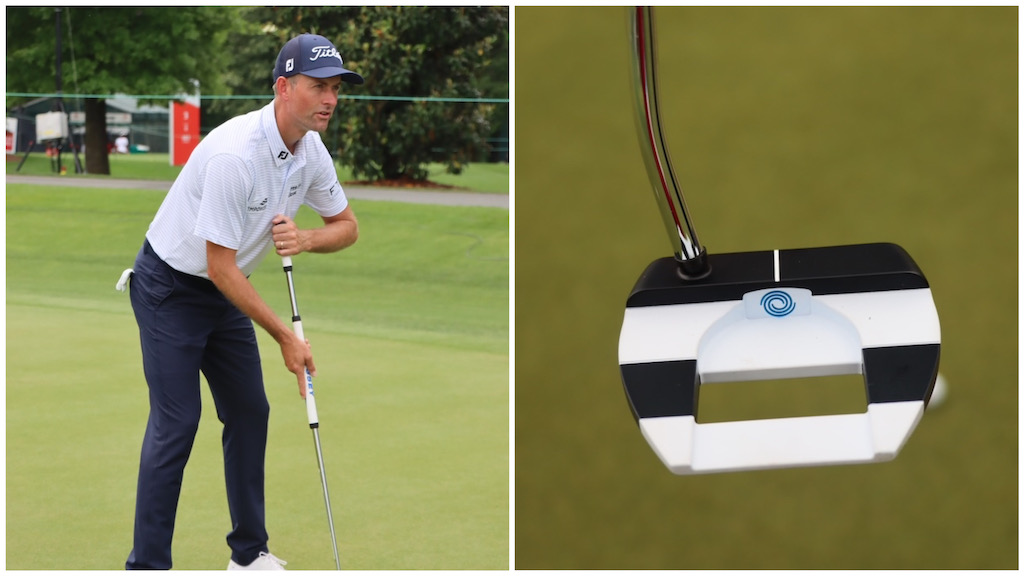
Inconsistent putting. I’m stubborn in a lot of ways when it comes to my equipment, but I have to be open minded – I just hadn’t putted consistently well in a while. And I’m like, ‘Man, I feel my ball-striking coming along. Like I feel better; for real, better.’
If I can just get something in my hands that I’m consistent with. Being on Tour, you see it every year, guys get on little runs. I can put together four to five tournaments where I’m all the sudden back in the majors, or in the FedExCup Playoffs. You can turn things around quick out here. I’m like, ‘Man, whatever’s going to get me there, great.’
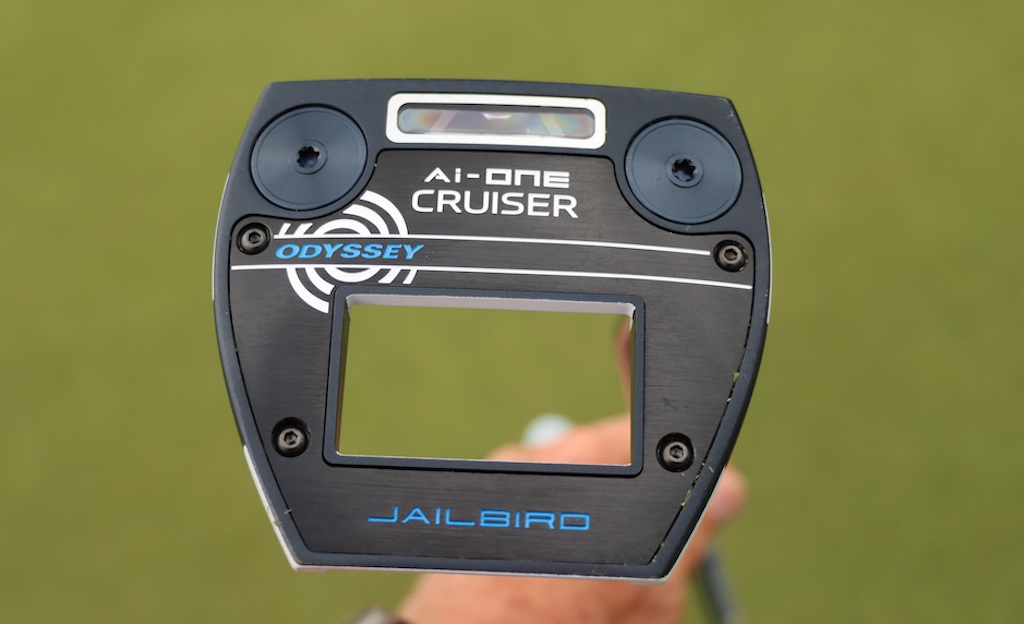
My caddie, David Cook, caddied for Akshay at the Houston Open and he putted beautifully. Then, I watched Akshay on TV at Valero, and he putted beautifully. And, I’m like, ‘I’m just going to try it.’
I’ve never tried it for more than a putt or two, and I just ordered what Akshay uses. It was pretty awkward at first, but the more I used it, the more I’m like, ‘Man, it’s pretty easy.’ And a buddy of mine who’s a rep out here, John Tyler Griffin, he helped me with some setup stuff. And he said at Hilton Head, he wasn’t putting well, then tried it, and now he makes everything. He was very confident. So I’m like, ‘Alright, I’ll try it.’”
And you’re going with it this week?
Hundred percent.
Alright, I love it. Thank you, I always love talking gear with you. Play well this week.
Thanks, man.
See Webb Simpson’s full WITB from the 2024 Wells Fargo Championship here
- LIKE30
- LEGIT3
- WOW1
- LOL2
- IDHT0
- FLOP0
- OB0
- SHANK3
-

 19th Hole3 weeks ago
19th Hole3 weeks agoJustin Thomas on the equipment choice of Scottie Scheffler that he thinks is ‘weird’
-

 19th Hole3 weeks ago
19th Hole3 weeks ago‘Absolutely crazy’ – Major champ lays into Patrick Cantlay over his decision on final hole of RBC Heritage
-

 19th Hole2 weeks ago
19th Hole2 weeks agoLET pro gives detailed financial breakdown of first week on tour…and the net result may shock you
-

 19th Hole3 days ago
19th Hole3 days agoReport: LIV star turns down PGA Championship invite due to ‘personal commitments’
-

 19th Hole1 week ago
19th Hole1 week agoGary Player claims this is what ‘completely ruined’ Tiger Woods’ career
-

 Whats in the Bag2 weeks ago
Whats in the Bag2 weeks agoTeam McIlowry (Rory McIlroy, Shane Lowry) winning WITBs: 2024 Zurich Classic
-

 Equipment1 week ago
Equipment1 week agoGolf fans left surprised by LIV’s choice of course for its 2024 individual championship event
-

 Equipment2 days ago
Equipment2 days agoDetails on Justin Thomas’ driver switch at the Wells Fargo Championship

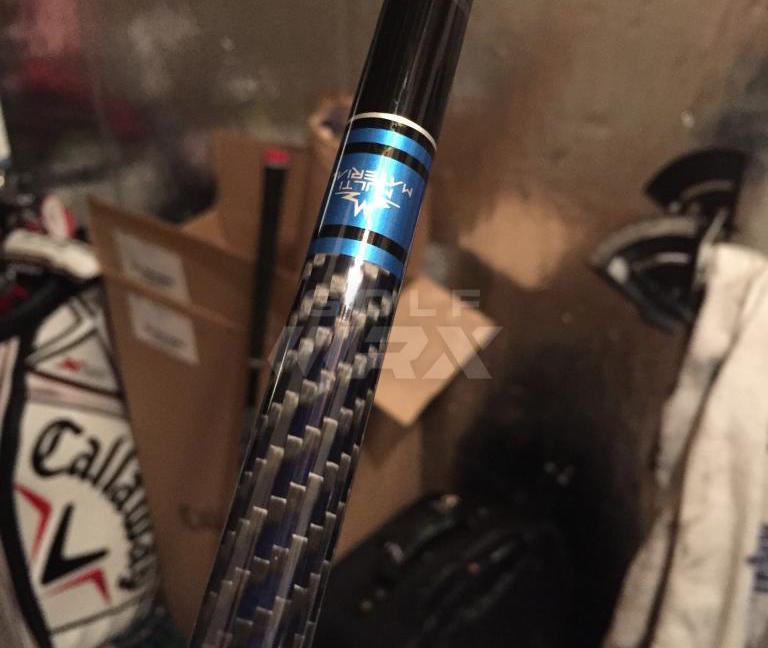
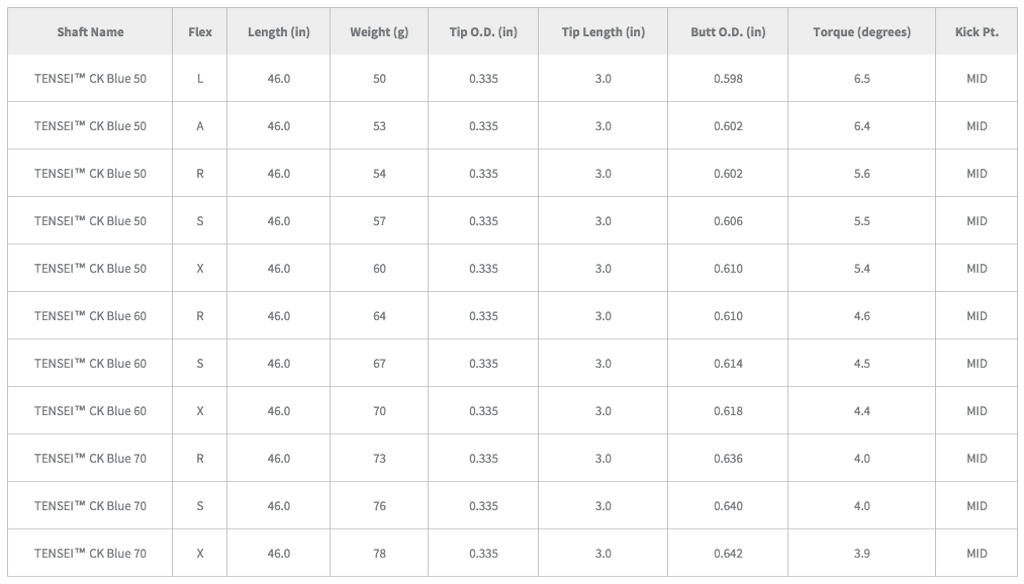








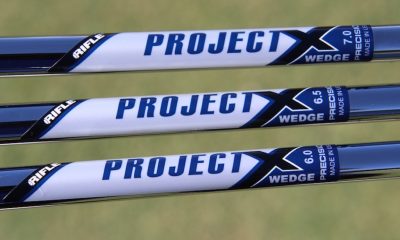

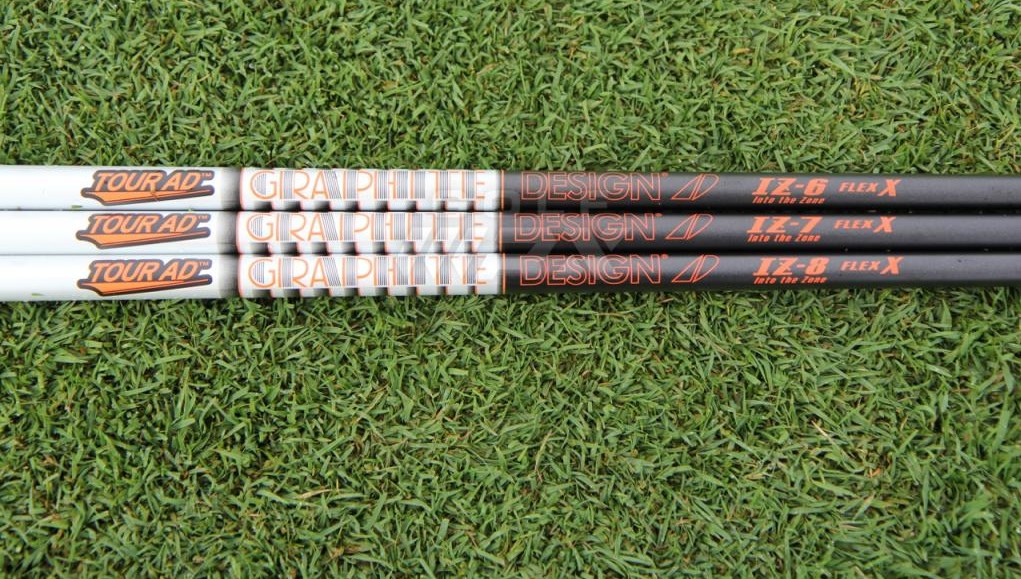
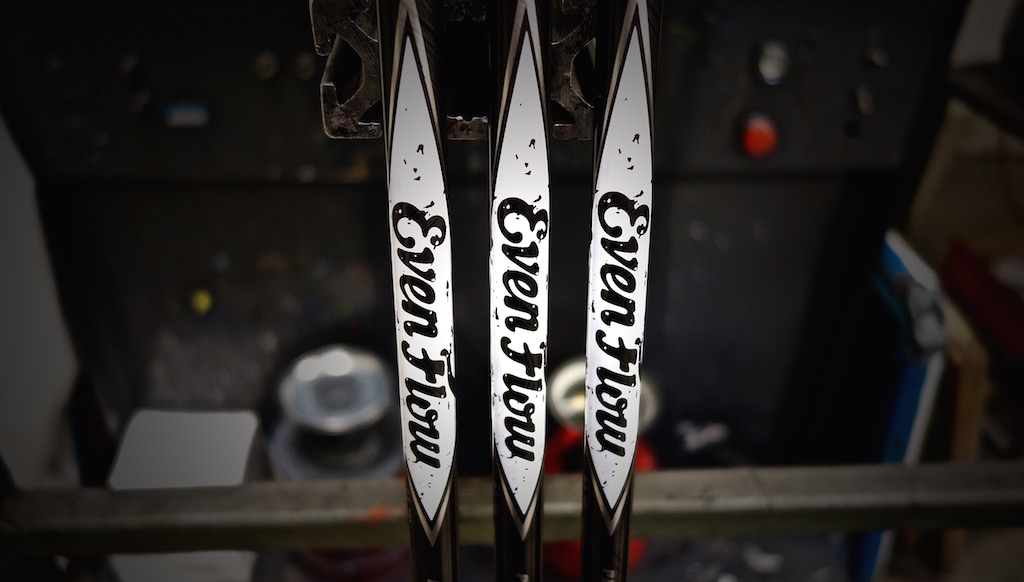
















Geekaya
May 11, 2016 at 3:15 pm
Just played 18 holes with a tensei ck blue 50 S fitted M2 at stock 9.5*, very smooth and easy to hit club/ shaft combo, I loved it. Ss 100mph, aa +5
KK
Nov 14, 2015 at 8:42 am
Nothing special about the weight or torque. We’ll have to see about the feel.
Dj
Nov 15, 2015 at 12:00 pm
Feel is second to none.
JuNiOR
Nov 14, 2015 at 6:30 am
TENSEI CK WHITE if I like the Whiteboard feel?
Jay
Nov 13, 2015 at 9:40 am
So looks like Dealers will be able to order these in limited numbers now?
john
Nov 12, 2015 at 5:31 pm
let me guess they’ll sell them to Taylormade for $1.14 but to the public they’ll be $400
Dj
Nov 12, 2015 at 6:32 pm
I’ve heard 250
Christestrogen
Nov 13, 2015 at 9:11 am
Buy a million or so shafts every decade and I bet u can get that figure down…
john
Nov 15, 2015 at 8:33 pm
I dont expect them for the insanely low price TM/callaway buy them for
but if they want aftermarket sales to exist they need to be reasonable.
Dj
Nov 12, 2015 at 1:21 pm
Very nice shaft!!!!
Mat
Nov 12, 2015 at 5:24 pm
That’s what she said.
Dj
Nov 12, 2015 at 6:32 pm
Was hoping someone would throw that out there